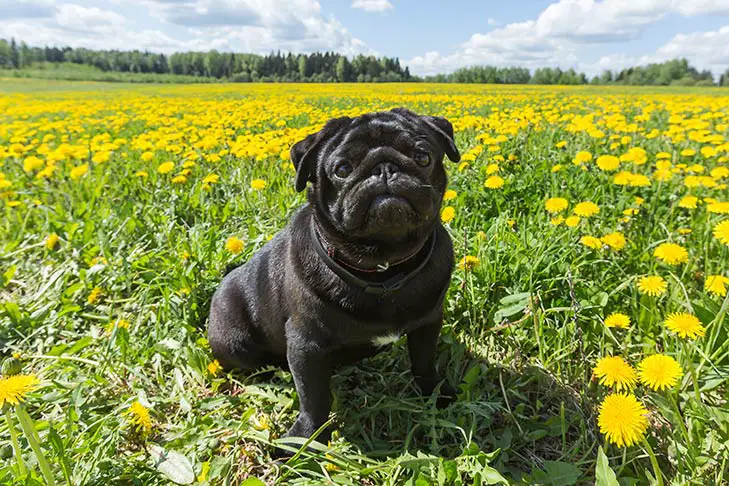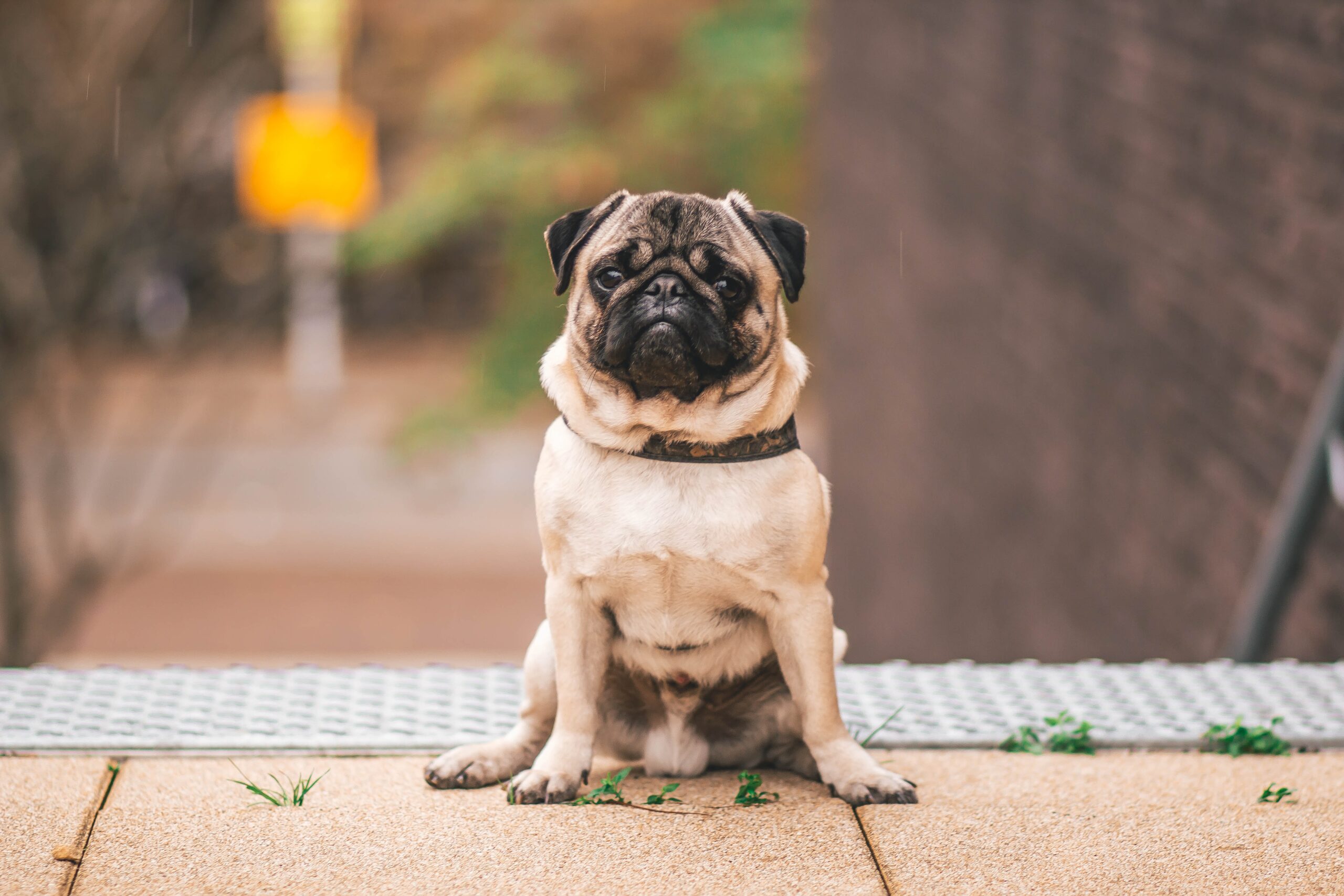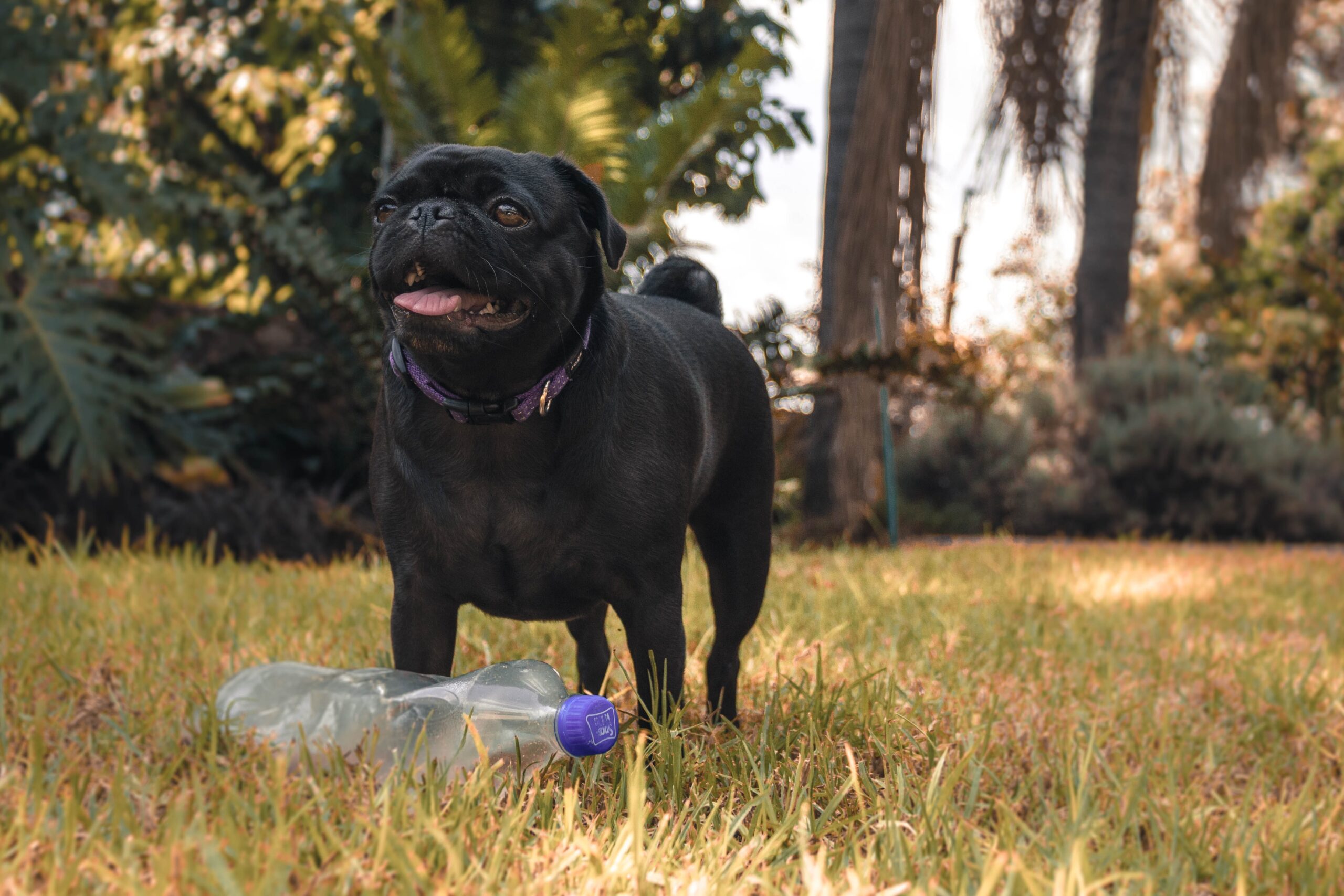The small but sturdy Pug is now adored by his millions of fans throughout the world. He was once the naughty companion of Chinese emperors and later served as the mascot of Holland’s royal House of Orange. Pugs are creatures of love and desire. The Latin proverb “multum in parvo” (a lot in a little) serves as the breed’s slogan and is a fitting description of this diminutive but powerful breed. They are available in three colors: completely black, silver, or apricot-fawn with a black face mask. Pugs have pleased owners for ages thanks to their huge round heads, big, sparkling eyes, and wrinkled brow, which offer them a range of human-like expressions including surprise, happiness, and curiosity. Pug owners claim that their breed makes the best indoor dog.
Pugs are content in the city or the country, with young children or elderly people, as an only pet or as part of a pack. They enjoy eating, but it’s important to keep them in shape. Pugs thrive in temperate climates that are neither too hot nor too cold, but with the right care, they can thrive everywhere.









 Health
Health Grooming
Grooming Exercise
Exercise Training
Training Nutrition
Nutrition